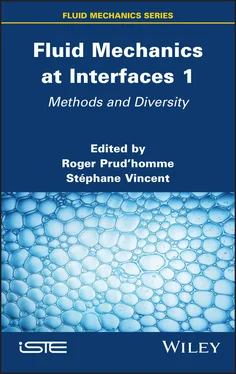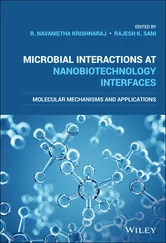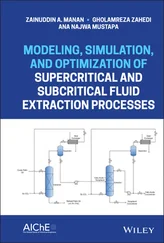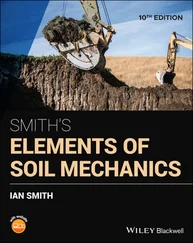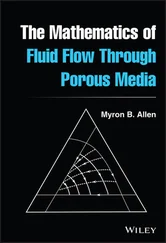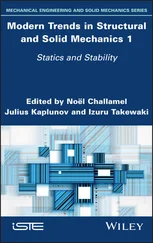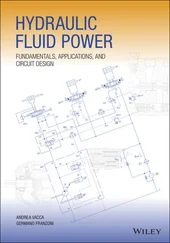75 69
76 70
77 71
78 72
79 73
80 74
81 75
82 76
83 77
84 78
85 79
86 80
87 81
88 82
89 83
90 84
91 85
92 86
93 87
94 88
95 89
96 90
97 91
98 92
99 93
100 94
101 95
102 96
103 97
104 98
105 99
106 100
107 101
108 102
109 103
110 104
111 105
112 106
113 107
114 108
115 109
116 110
117 111
118 112
119 113
120 114
121 115
122 116
123 117
124 118
125 119
126 121
127 122
128 123
129 124
130 125
131 126
132 127
133 128
134 129
135 130
136 131
137 132
138 133
139 134
140 135
141 136
142 137
143 138
144 139
145 140
146 141
147 142
148 143
149 144
150 145
151 146
152 147
153 148
154 149
155 151
156 152
157 153
158 154
159 155
160 156
161 157
162 158
163 159
164 160
165 161
166 162
167 163
168 164
169 165
170 166
171 167
172 168
173 169
174 170
175 171
176 172
177 173
178 174
179 175
180 176
181 177
182 178
183 179
184 180
185 181
186 182
187 183
188 184
189 185
190 186
191 187
192 188
193 189
194 190
195 191
196 192
197 193
198 194
199 195
200 196
201 197
202 198
203 199
204 200
205 201
206 202
207 203
208 204
209 205
210 206
211 207
212 208
213 209
214 210
215 211
216 212
217 213
218 214
219 215
220 216
221 217
222 219
223 221
224 222
225 223
226 224
227 225
228 227
229 228
230 229
231 230
Fluid Mechanics at Interfaces 1
Methods and Diversity
Edited by
Roger Prud’homme
Stéphane Vincent

First published 2022 in Great Britain and the United States by ISTE Ltd and John Wiley & Sons, Inc.
Apart from any fair dealing for the purposes of research or private study, or criticism or review, as permitted under the Copyright, Designs and Patents Act 1988, this publication may only be reproduced, stored or transmitted, in any form or by any means, with the prior permission in writing of the publishers, or in the case of reprographic reproduction in accordance with the terms and licenses issued by the CLA. Enquiries concerning reproduction outside these terms should be sent to the publishers at the undermentioned address:
ISTE Ltd
27-37 St George’s Road
London SW19 4EU
UK
www.iste.co.uk
John Wiley & Sons, Inc.
111 River Street
Hoboken, NJ 07030
USA
www.wiley.com
© ISTE Ltd 2022
The rights of Roger Prud’homme and Stéphane Vincent to be identified as the authors of this work have been asserted by them in accordance with the Copyright, Designs and Patents Act 1988.
Library of Congress Control Number: 2021949304
British Library Cataloguing-in-Publication Data
A CIP record for this book is available from the British Library
ISBN 978-1-78630-816-0
In this book, it is relevant to recall the general objectives of the Systems and Engineering e-journal Thermodynamics of Interfaces and Fluid Mechanics 1. The thermodynamics of interfaces and fluid mechanics deals with interfaces, thin spaces that separate media with different properties. These interfaces can denote phase separations, as well as thin flames and discontinuity waves. On a microscopic scale, they can be compared to physical surfaces that are endowed with thermodynamic properties and possess their own constitutive laws. The analysis of systems that contain interfaces involves scale changes and the use of specific techniques, such as asymptotic expansions, the second gradient theory and phase field models. Numerical simulations are used to solve the complex systems studied. Experimentation is an essential step in solving the problems posed. The 2D manifolds that the interfaces form often coexist with 1D manifolds, such as ligaments (atomization), contact lines (drops placed in a line) or Plateau edges (foam).
The achievement of the general objectives of Thermodynamics of Interfaces and Fluid Mechanics is partly concretized in the first volumes of the Fluid Mechanics at Interfaces series of books. However, the OpenScience journal has a very broad scope and the articles, published here as chapters (reworked by the authors, from French to English, which requires the modification of certain parts of the articles and updated, etc.), represent only a small part of the interface world, the focus resulting from the authors’ choices. The classification of chapters does not follow the chronology of the articles, but has been organized to be coherent.
The first volume, subtitled Methods and Diversity , focuses more on the sciences, with their various methods of analysis, depending on the scales of space, speed and time, from the microscopic or small scale (starting with molecular and nanoscopic scales characteristic of the matter) to the macroscopic (including meso and interstellar scales), as well as their laws (classical mechanics, quantum mechanics and relativity).
The chapters are organized as follows:
Chapter 1(R. Prud’homme) is an introduction to Fluid Mechanics at Interfaces , and as such, we examine questions raised by the modeling of interfaces in the presence of one or more fluid phases. The following themes are examined: scales of length and time, the definition of interfacial quantities, microscopic and macroscopic balance equations and constitutive laws. These are required to close the systems of equations that we obtain. Solutions are obtained by using asymptotic expansions and the virtual power method.
Chapter 2(S. Gouénard, S. Vincent, S. Mimouni) studies two-phase flows. While models have already been developed to study liquid–vapor flows that contain both small, dispersed bubbles and large bubbles (the large bubble model coupled with a dispersed model), the literature has been limited, so far, to laminar regimes. The study presented here relates to the action of turbulence in these two-phase flows, taking into account heat exchanges at the interfaces, as occur in the secondary cooling circuits (exchangers) of nuclear power plants. A new model, using the large-eddy simulation method, is presented here.
Chapter 3(M.-A. Chadil, S. Vincent, J.-L. Estivalèzes) studies an original method for calculating the drag force and thermal transfers in flows around the networks of spherical particles. This chapter also examines numerical approaches in a two-phase fluid/solid medium, using particle-resolved methods, i.e. the size of the particles is greater than that of the cells in the calculation mesh. An original approach is proposed to extract momentum and heat transfers from particle-resolved simulations of particulate flows.
Chapter 4(R. Prud’homme) studies the relationships between interfaces and critical fluids. The vicinity of the critical liquid–vapor point of pure bodies presents unique behaviors. In particular, the interface between the liquid and its vapor vanishes when passing the critical point. The piston effect replaces the conductive transfer of heat in the vicinity of solid walls in a 1D configuration.
Читать дальше
